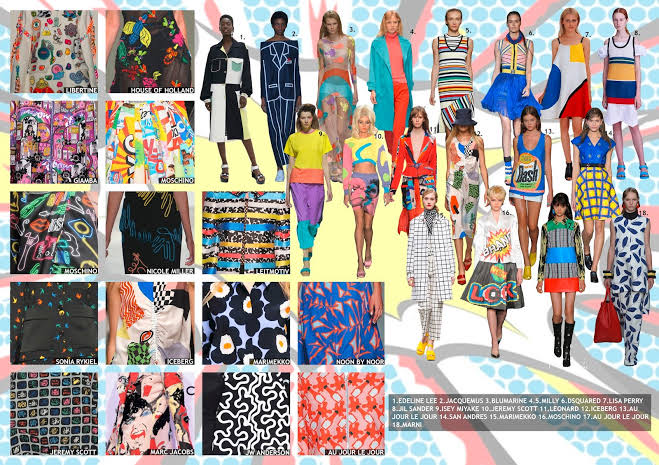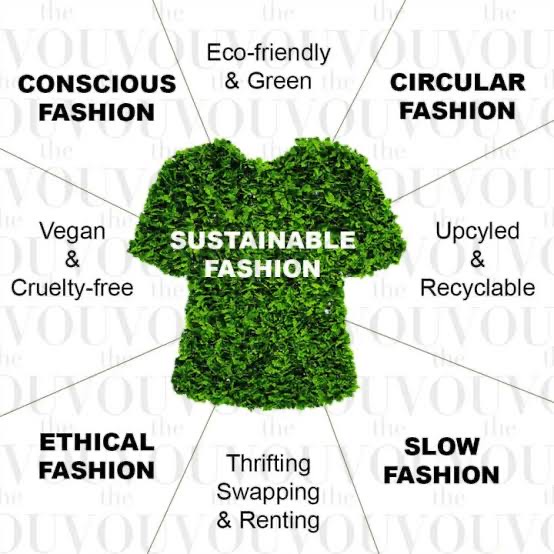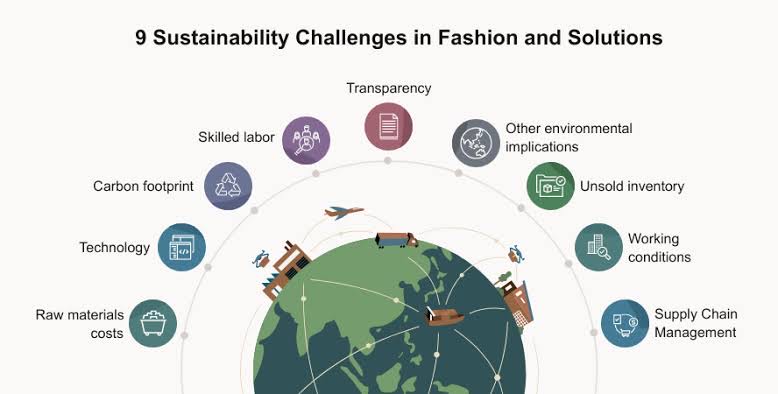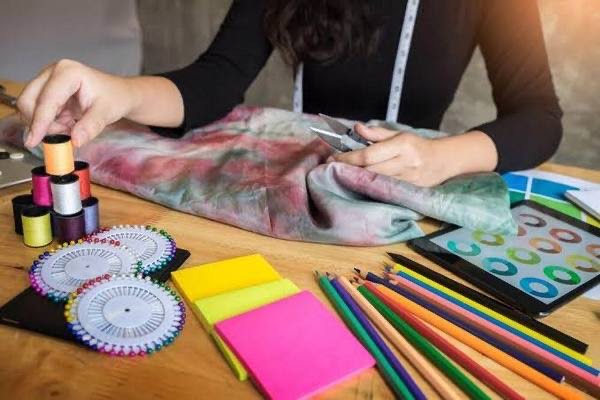Fashion is a dynamic and ever-evolving industry where the choice of textiles plays a critical role in shaping trends and consumer preferences. From the softness of silk to the durability of denim, the materials selected by designers not only define the aesthetics of a garment but also influence its functionality, sustainability and market appeal. This article delves into how different types of textiles impact fashion design and contribute to the creation and evolution of fashion trends.

The Role of Textiles in Fashion Design
At the heart of every fashion piece is the fabric from which it is made. Textiles provide the foundation for designers to express their creativity and bring their visions to life. The texture, weight, drape and feel of a fabric can dramatically alter the appearance and appeal of a garment.

For instance, the luxurious sheen and fluidity of silk can convey elegance and sophistication, making it a preferred choice for evening wear and haute couture. In contrast, the rugged and sturdy nature of denim embodies casual, everyday wear reflecting comfort and practicality.
Influencing Trends Through Material Innovation

The fashion industry continually seeks new materials and innovative uses of existing ones to stay ahead of trends. Technological advancements in textile production have led to the development of high-performance fabrics; such as moisture-wicking materials for activewear and smart textiles that can monitor health metrics. These innovations not only meet the evolving needs of consumers but also set new trends in fashion design.
For example, the rise of athleisure—a trend that blends athletic and leisure wear—has been propelled by the use of performance fabrics that offer comfort, flexibility and style.

Brands like Lululemon and Nike have capitalized on this trend by incorporating textiles that enhance athletic performance while being fashionable enough for everyday wear.
The Impact of Sustainability on Fabric Choices

As sustainability becomes a central concern in the fashion industry, the choice of textiles has taken on new importance. Consumers are increasingly demanding eco-friendly and ethically produced garments, prompting designers to explore sustainable materials such as organic cotton, bamboo, hemp and recycled fibers. These fabrics not only reduce the environmental footprint of fashion but also appeal to the growing market of conscious consumers.

Brands like Stella McCartney and Patagonia are leading the charge in sustainable fashion by prioritizing eco-friendly textiles in their collections. This shift towards sustainability is influencing trends with more designers and brands embracing the use of green materials and transparent production practices.
Cultural and Social Influences on Fabric Trends

Textiles are also deeply intertwined with cultural and social contexts influencing fashion trends across different regions and communities. Traditional fabrics and techniques often inspire contemporary design, bringing a sense of heritage and identity to modern fashion. For instance, the use of African wax prints, Indian silks and Japanese kimonos in contemporary fashion reflects a blend of cultural appreciation and modern style.

Moreover, the social movements and lifestyle changes of a given era can dictate fabric trends. The growing interest in minimalism and slow fashion has led to a preference for timeless, high-quality fabrics that promise longevity and durability. Natural fibers like linen, wool and cotton have seen a resurgence as consumers seek to invest in pieces that are both stylish and sustainable.
Conclusion
The choice of textiles is fundamental to fashion design influencing everything from the look and feel of a garment to its market success. As the industry continues to evolve, the interplay between material innovation, sustainability, cultural influences and consumer preferences will shape the future of fashion trends. By understanding the impact of different textiles, designers can create garments that not only captivate the eye but also meet the diverse needs and values of today’s fashion-conscious consumers.
In an industry where change is the only constant, textiles remain the thread that weaves together creativity, functionality and cultural expression, driving the fashion world forward one fabric at a time.
Writer Information:

Meherin Sultana.
Student, Textile Fashion & Design Department,
Bangladesh University of Textiles (BUTEX).
Campus Ambassador ,Textile Engineers Society (TES)


